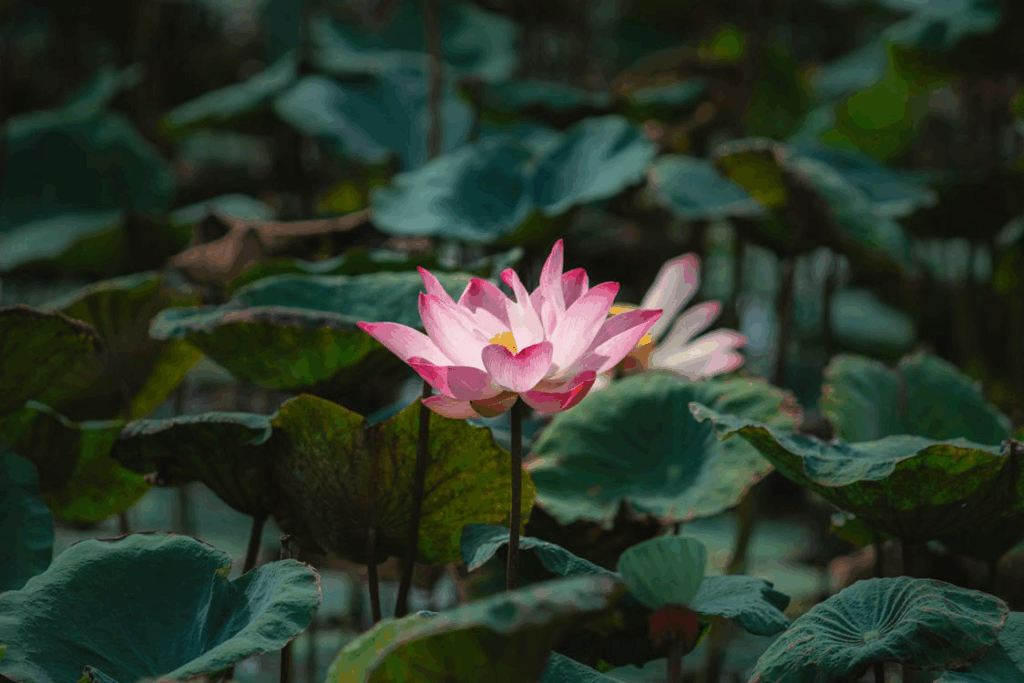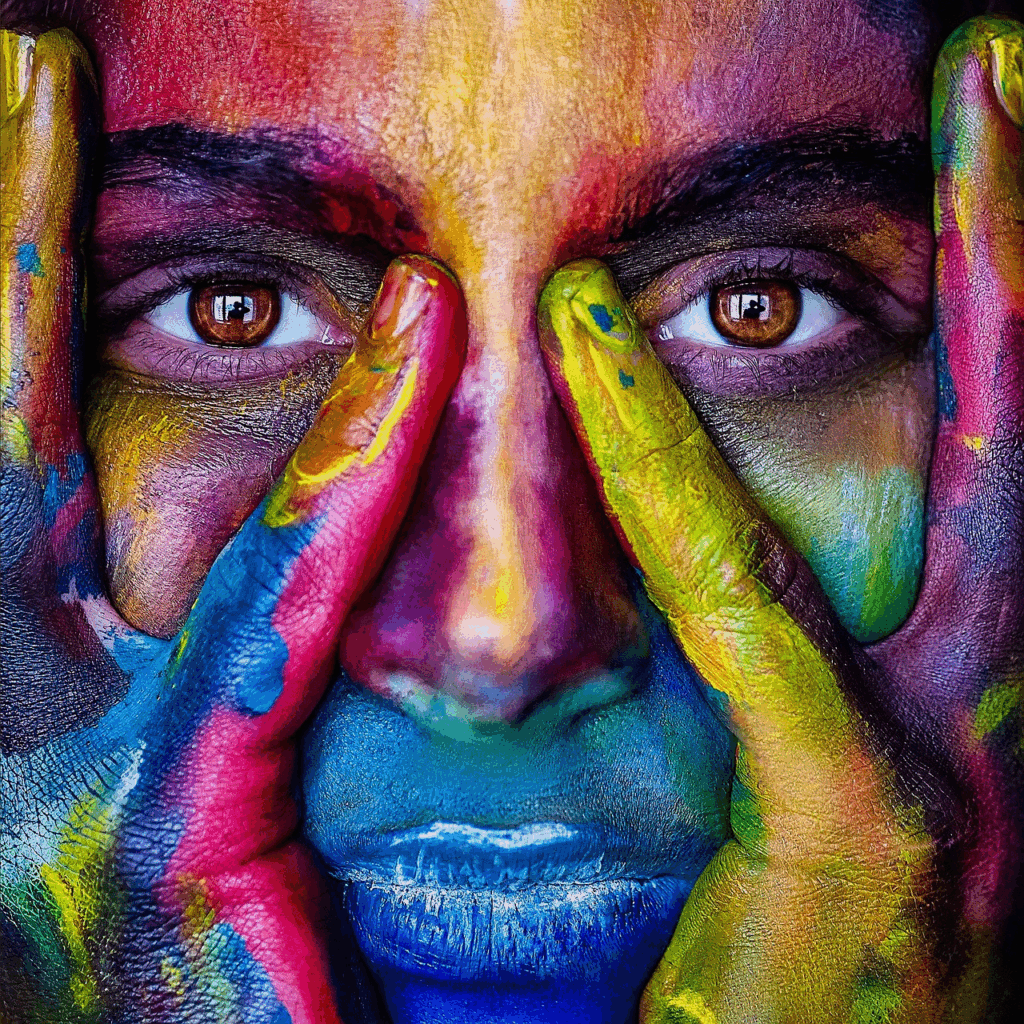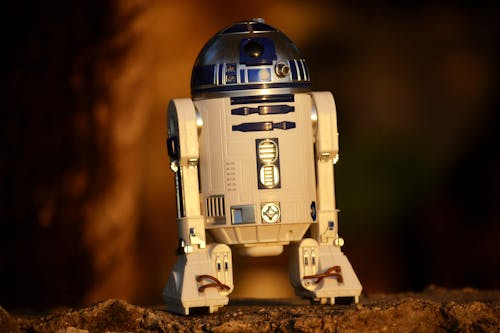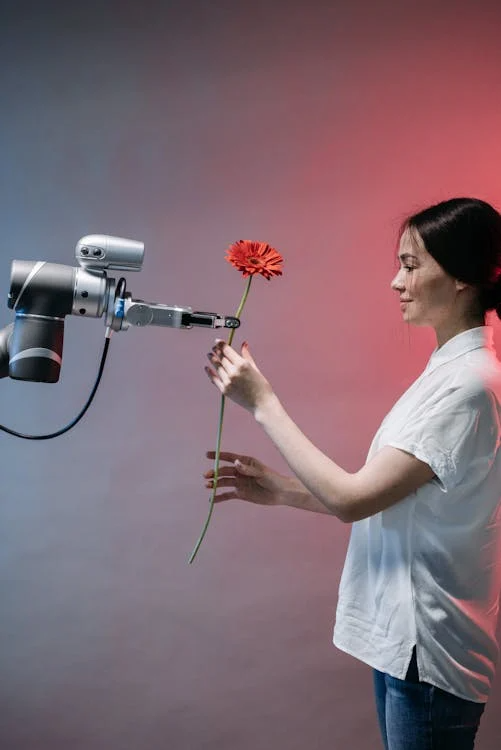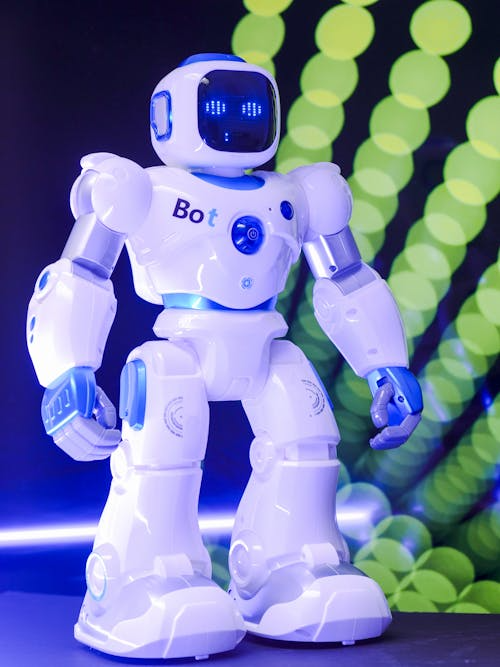Visual Arts & Illustration: Collaboration Beyond the Brush
5. Visual Arts & Illustration: Collaboration Beyond the Brush
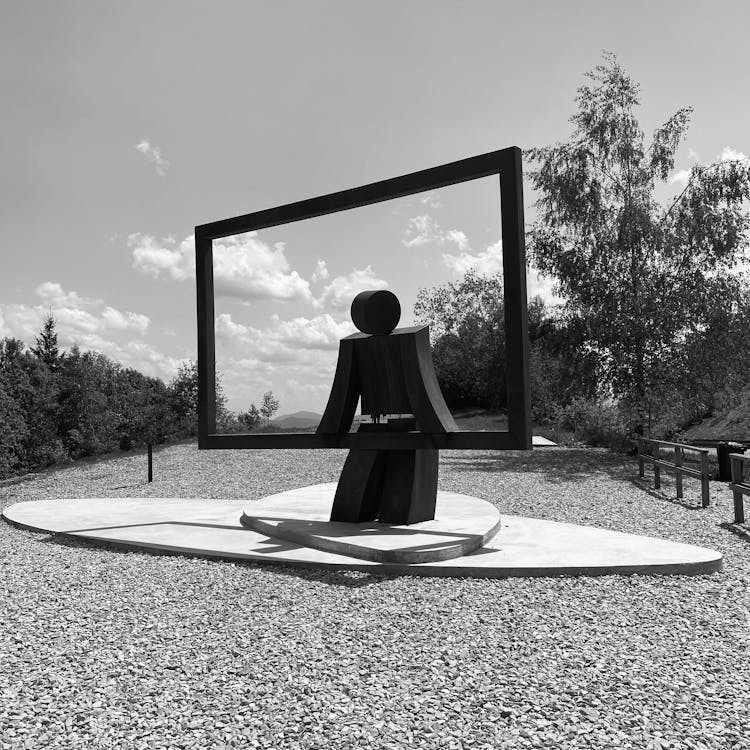
As artificial intelligence begins to influence the world of illustration and visual art, a powerful synergy is emerging. AI is not replacing the artist—it’s becoming a co-creator, catalyzing ideation, enhancing stylistic exploration, and even challenging traditional concepts of authorship. This section explores how artists are collaborating with AI beyond the brush, merging machine-generated concepts with human creativity to produce new forms of visual storytelling.
This transformation is not about replacing the artist—it’s about enhancing the creative process. AI can dream, remix, and generate visuals at speeds no human can match, but it is the human touch that gives meaning, emotion, and context to those raw ideas. Artists are increasingly leveraging AI not just to save time, but to push the boundaries of what’s possible in design, storytelling, and personal expression.
From surreal landscapes imagined in seconds to refined masterpieces shaped by human intuition, AI is enabling a new era of collaboration—one where the brush meets the algorithm, and creativity is no longer limited by technical constraints. As this symbiotic relationship deepens, it sparks new conversations about style, ownership, and the evolving definition of what it means to be an artist.
In the sections that follow, we’ll explore how this collaboration works, the benefits it offers, and the philosophical questions it raises. Whether you’re an illustrator, a designer, or simply curious about the future of creativity, this journey beyond the brush reveals a future where human imagination and machine intelligence paint side by side.
Table of Contents
5.1 The Rise of AI in Visual Ideation
AI models like DALL·E, MidJourney, and Stable Diffusion have transformed how artists initiate projects. These tools allow creators to generate mood boards rapidly, thumbnails, and conceptual sketches based on simple prompts.
Key Benefits:
Ideation Speed: Artists can generate dozens of rough visuals in seconds, allowing for faster brainstorming.
Overcoming Creative Blocks: AI helps break inertia when starting with a blank canvas.
Unexpected Inspiration: The randomness or surrealism in AI generations often sparks unconventional ideas.
Artists no longer start with silence—they begin with a dialogue between prompt and pixels.
5.2 Style Refinement and Creative Synergy
AI-generated visuals are no longer just novelties or raw sketches; they’ve become dynamic starting points in a rapidly evolving artistic workflow. However, these creations are rarely seen as finished pieces. Instead, they represent the first step in a deeper creative journey where human skill, emotion, and interpretation take the lead. It’s in this space where digital suggestion meets artistic refinement, that new styles are born and creativity thrives without boundaries.
From Base Concept to Masterpiece
Artists engage with AI outputs like sculptors approach raw clay. The machine may provide form and shape, but it is the human hand that defines character, depth, and nuance. Stylization, context-awareness, and cultural sensitivity remain the artist’s domain, guiding the final visual into alignment with narrative, tone, or brand identity.
Real-World Practice:
Concept artists adjust AI-generated scenes to match cinematic or gaming aesthetics, ensuring consistency with established worlds.
Illustrators remix AI sketches into fully rendered comic panels, bringing emotion and pacing to life through line-work and expression.
Graphic designers weave AI textures, elements, or patterns into collages, digital paintings, and immersive installations.
AI acts as a creative accelerant—not a replacement for skill, but a spark that ignites it.
A Playground for Bold Experimentation
With AI, artists are no longer restricted by time-consuming trial-and-error or the fear of wasted effort. Instead, they gain access to a limitless visual sandbox where experimentation costs nothing and results can be astonishing.
Examples of AI-Driven Experimentation:
Imagining Cubism meets Cyberpunk in seconds—before even lifting a stylus.
Reworking traditional techniques like Ukiyo-e, Pointillism, or Art Deco through a modern, futuristic lens.
Fusing multiple styles to form hybrid aesthetics that feel both retro and avant-garde.
This kind of risk-free exploration enables artists to redefine personal style, test bold creative hypotheses, and expand genre definitions without burnout.
Co-Authorship, Ego, and the Evolving Artist Identity
This partnership between human and machine, while powerful, also introduces philosophical and professional tensions. The question is no longer just “What can I create?” but “Who truly created this?”
Creative Tensions Include:
Loss of Artistic Identity: When AI mimics style, does it dilute the artist’s uniqueness?
Ego and Authorship: If a machine generates a striking image, is the artist merely curating or still the true author?
Attribution and Ethics: Should AI receive credit, or is it simply an advanced brush wielded by the human mind?
Rather than resisting the shift, many modern creators are embracing co-authorship, viewing AI not as a rival but as a collaborative partner with agency. The machine becomes a muse, a brainstorming ally, or even a visual ghostwriter, enhancing vision without overtaking it.
5.3 Education, Access, and the Future of AI-Augmented Illustration
Artificial Intelligence is not only revolutionizing how art is created, it’s reshaping who gets to create it, how it’s learned, and what it means to be visually literate in the 21st century. AI tools are democratizing access to artistic expression and redefining the classroom, the studio, and even the gallery. As these technologies continue to evolve, they are enabling a future where illustration is more inclusive, collaborative, and creatively expansive than ever before.
Reimagining Art Education
In educational environments, AI is fast becoming an indispensable teaching assistant. By enabling real-time visualization, stylistic exploration, and rapid iteration, AI helps bridge the gap between imagination and execution, especially for learners just beginning their artistic journeys.
In the Classroom:
Art students use AI to study and experiment with artistic styles across eras—from Renaissance realism to modern digital surrealism—without needing mastery of each technique.
Instructors leverage AI to demonstrate concepts like color theory, perspective, and composition interactively, making abstract ideas instantly tangible.
Aspiring artists with limited traditional skills can now create portfolios, concept sketches, or entire visual stories using AI tools, accelerating confidence and creative development.
Rather than replacing foundational skills, AI amplifies them—offering shortcuts to expression without skipping the learning.
Broadening Access to Artistic Expression
Outside the classroom, AI is unlocking the door to visual creativity for millions who never considered themselves “artists.” The barrier of technical skill has long kept many from participating in visual art. With generative tools, anyone with a story, a vision, or even a single sentence can now bring their ideas to life.
In Society:
Non-artists—from writers to marketers to hobbyists—can engage in visual storytelling without needing to pick up a brush or master Photoshop.
Online communities centered around AI-augmented art are flourishing, fostering new forms of critique, collaboration, and creativity.
Cultural diversity is being amplified as people from varied backgrounds use AI to express traditions visually, identities, and experiences previously absent from mainstream art spaces.
In this way, AI serves as both enabler and equalizer, giving more people the means to express themselves and share their perspectives visually.
Looking Ahead: A Symbiotic Creative Future
Rather than signaling the end of traditional illustration, AI points toward a more symbiotic future—one where human ingenuity and machine intelligence co-create in harmony. Forward-thinking artists are beginning to specialize not just in technique, but in how to guide and shape AI-generated results, becoming AI-art directors in their own right.
Predicted Trends in AI-Driven Illustration:
Rise of creative mediators who specialize in prompt engineering and AI stylistic control.
Joint exhibitions showcasing human-AI collaborative works as legitimate, co-authored art.
Hybrid workflows that blend hand-drawn and algorithm-generated elements into seamless visual experiences.
The creative process is shifting from a solitary craft to a duet between artist and algorithm. This isn’t a story of replacement—it’s one of augmentation. The artist remains the heart of creation, but now beats with a new rhythm, expanded reach, and boundless possibility.
We are entering an era where creativity is no longer reserved for the classically trained. With AI, visual expression becomes a shared language accessible, experimental, and infinitely scalable. As education evolves and access widens, the future of illustration lies not in choosing between man or machine but in discovering the extraordinary when the two work together.
In this new frontier of visual storytelling, the brush isn’t abandoned, it’s evolved. AI accelerates, augments, and sometimes challenges human artistry. But at its core, the artist remains the soul of creation. Collaboration beyond the brush is not about losing control; it’s about gaining a new dimension of possibility.
🧠 Quick Game: This or That — AI Edition
Guess which one is designed by AI!
Circle your answer from each pair below. One was made by a human, the other by AI.
1. Which logo is AI-made?
A) Sleek minimal leaf with gradient shading (GRAYCYAN)
B) Hand-drawn brushstroke leaf with uneven edges
Your Pick: A / B
2. Which outfit concept came from AI?
A) Futuristic trench coat in recycled silk with neon piping
B) Classic denim jacket with embroidery on sleeves
Your Pick: A / B
3. Which app layout is AI-generated?
A) A pricing page with three plan cards and a testimonial row
B) A home screen with a centered logo and two login buttons
Your Pick: A / B
4. Which building concept is from AI?
A) Glass façade tilted to reflect afternoon light
B) Structure optimized for airflow with twisted courtyards
Your Pick: A / B
✅ Answers:
A (AI)
A (AI)
A (AI)
B (AI)
🎉 How did you do?
4/4 – You’ve got the instincts of a design detective
2–3 – AI’s catching up, huh?
0–1 – Don’t worry, it fooled a lot of us too
Contributor:

Nishkam Batta
Editor-in-Chief – HonestAI Magazine
AI consultant – GrayCyan AI Solutions
Nish specializes in helping mid-size American and Canadian companies assess AI gaps and build AI strategies to help accelerate AI adoption. He also helps developing custom AI solutions and models at GrayCyan. Nish runs a program for founders to validate their App ideas and go from concept to buzz-worthy launches with traction, reach, and ROI.
Contributor:

Nishkam Batta
Editor-in-Chief - HonestAI Magazine
AI consultant - GrayCyan AI Solutions
Nish specializes in helping mid-size American and Canadian companies assess AI gaps and build AI strategies to help accelerate AI adoption. He also helps developing custom AI solutions and models at GrayCyan. Nish runs a program for founders to validate their App ideas and go from concept to buzz-worthy launches with traction, reach, and ROI.
Unlock the Future of AI -
Free Download Inside.
Get instant access to HonestAI Magazine, packed with real-world insights, expert breakdowns, and actionable strategies to help you stay ahead in the AI revolution.

